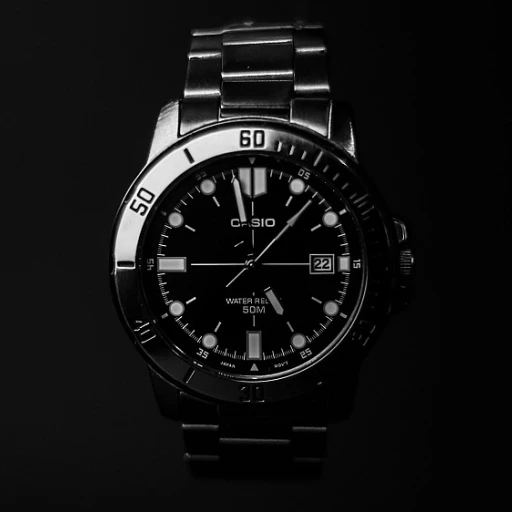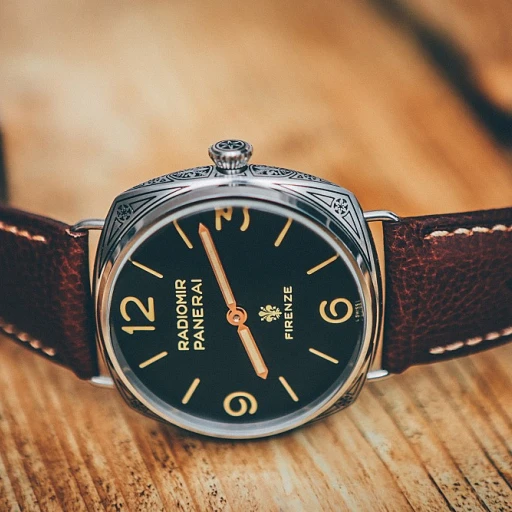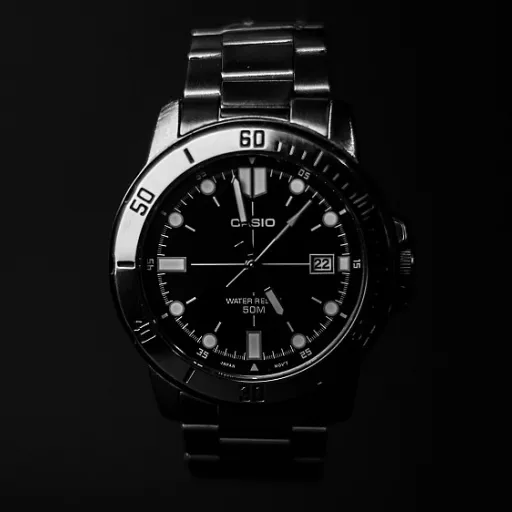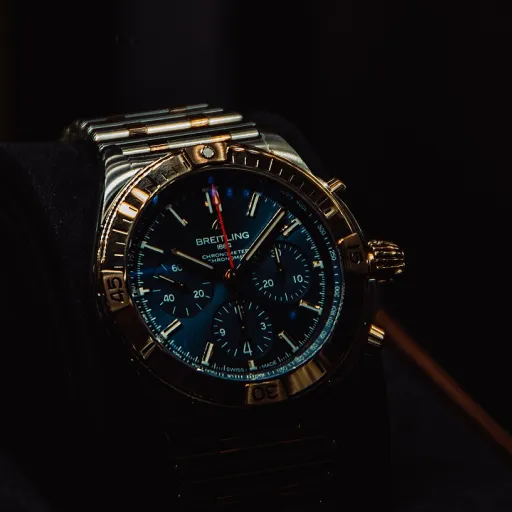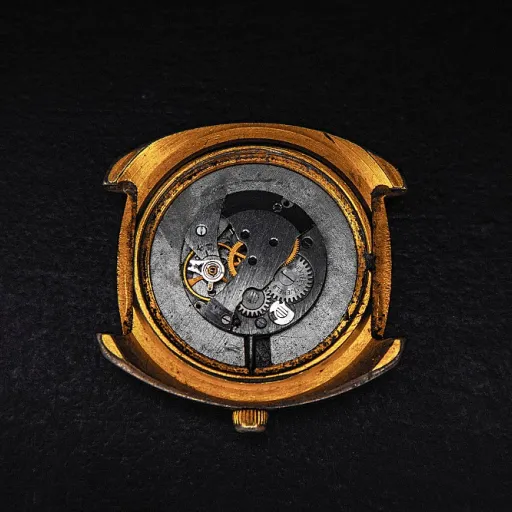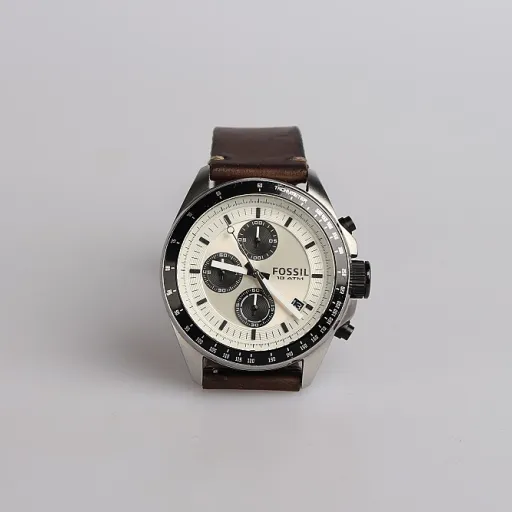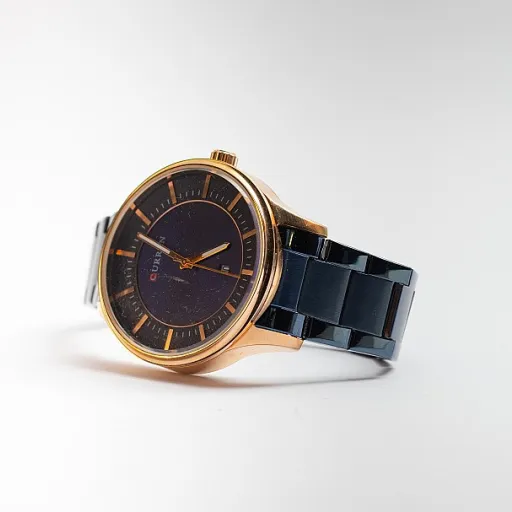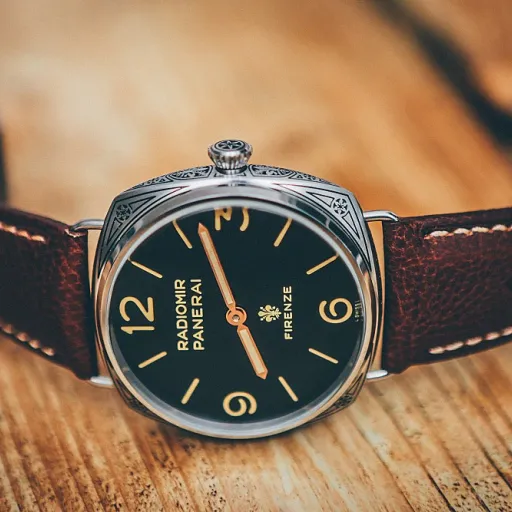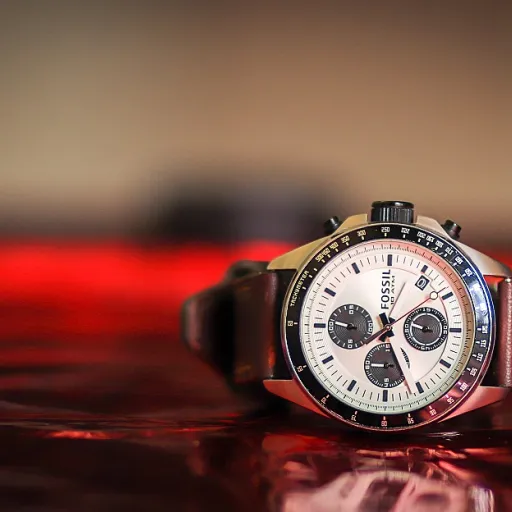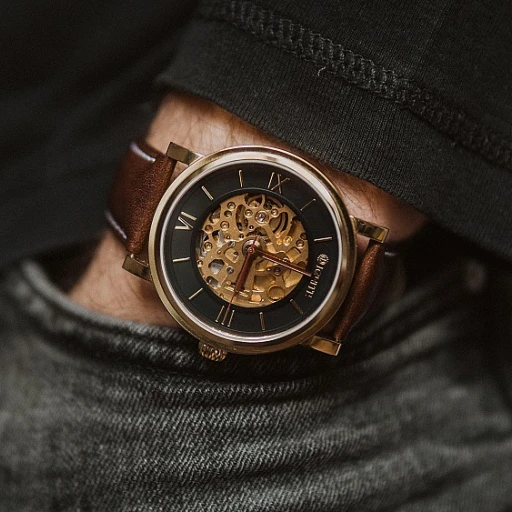
The Historical Significance of Enamel Dials
Enamel Dials: A Timeless Legacy
The exquisite beauty and unparalleled elegance of enamel dials have transcended time, becoming synonymous with luxury and craftsmanship. The history of these exceptional dials stretches back centuries, with origins in the era where artistry and precision were highly revered in horology. During those early years, enamel dials were crafted with meticulous attention to detail, making them a prestigious choice among watchmakers. The fine art of applying enamel was not only a demonstration of skill but also a testament to the enduring tradition and heritage associated with timepieces. These delicate dials adorned watches with an air of sophistication that neither gold nor silver could quite match, leading them to hold significant historical value. Advancing into the 20th century, the refinement of enamel dial techniques continued to evolve. Renowned for their durability, the enamel dials resisted tarnishing and retained their vibrant color over years. Enthusiasts of art deco style appreciated the enamel's ability to complement intricate dial designs, enhancing their aesthetic appeal. With options ranging from cloisonné enamel to the sought-after grand feu technique, watchmakers elevated their creations, making enamel dials a symbol of luxury. In the world of modern watchmaking, enamel continues to be favored for crafting special edition pieces. Collectors cherish these masterpieces for their unique artistry and connection to heritage. The legacy of enamel dials goes beyond their visual appeal; it encompasses the laborious process of hand-crafted skill and the meticulous planning required in production, ensuring that each piece isn’t just a watch, but a work of art. For those interested in exploring the craftsmanship behind unique and personalized timepieces, you may find detailed insights in our dedicated article Crafting Unique Timepieces: The Art of Personalized Watch Dials.Crafting the Perfect Enamel Dial
Shaping the Enamel Dial: A Dance of Precision and Passion
Crafting the perfect enamel dial is akin to sculpting a masterpiece from raw materials; it demands an equilibrium of artistry and meticulous technique. Enamel, revered for its striking visual allure and robust durability, becomes the canvas upon which artisans impart their vision. The process of crafting an enamel dial begins with selecting the base, often made of precious metals like gold or silver, which supports the enamel layer. This base is polished to perfection, ensuring it provides an immaculate surface to host the vibrant enamel colors. For each enamel dial, the artist employs distinct methods to achieve desired finishes. The grand feu technique, for instance, involves multiple firings at temperatures exceeding 800 degrees Celsius. This method infuses the enamel with exceptional vibrancy, resulting in blue enamel dials that captivate with their depth and luster. Alternatively, cloisonné enamel offers another intricate option, where fine wires outline the sections of the dial design before enamel is meticulously applied. This technique brings to life exquisite patterns reminiscent of art deco influences, ideal for those seeking watches that echo vintage elegance. While crafting an enamel dial, artisans must carefully consider the stroke width in each detail to maintain visual harmony. Despite these challenges, the result is a dial that exudes an unmatched aura of refinement and prestige, framed by a stainless steel or precious metal watch case. Among fine craftsmanship lies the magic of watch movements that work in tandem with these exceptional dials. Seamlessly integrated in diver watches or a special edition piece, the hand-engraved beauty of the dial complements the functionality, rounding out a luxury timepiece that transcends mere utility. For those intrigued by the interplay of material and design in luxury timepieces, exploring the world of lacquer and sunburst watch designs offers a fascinating parallel, delving deeper into how dials embody uniqueness and elegance. Learn more about this artistry.Types of Enamel Techniques
Exploring Enamel Techniques in Dial Crafting
The beauty of enamel dials lies in the myriad techniques artisans use, each contributing to the uniqueness and allure of the final product. The meticulous craftsmanship involved in creating a watch dial with enamel accentuates the watch's elegance, making it a sought-after option among collectors and enthusiasts.
One of the most revered techniques is Grand Feu enamel. Known for its durability, this technique involves multiple firings at temperatures exceeding 800 degrees Celsius. The result is a vivid, long-lasting color that remains immutable over time. This technique requires an expert hand to ensure the enamel glazes evenly, preserving the depth and luminosity that Grand Feu is known for.
Cloisonné enamel is another celebrated method. It adds intricate designs by creating compartments (or cloisons) using fine wires on the dial surface. The compartments are then filled with enamel powder, which is fired to create stunningly detailed imagery. This method requires immense skill to maintain consistent stroke width and precision, making it perfect for special edition or themed watches like pilot or diver watches.
The technique of flinqué involves applying a translucent enamel over an engraved metal base, often in a pattern such as guilloché. This type of enamel dial offers a unique depth and shimmer that changes with the light, enhancing the movement of the watch beneath the surface.
Plique-à-jour enamel, resembling stained glass, creates a translucent effect without a backing. The art deco allure it brings is immediately recognizable, with the added benefit of light passing through to highlight the colors and intricacies of the dial design. This technique is a testament to the artist’s ability to manipulate enamel and metals alike.
These techniques not only reflect the rich history of enamel craftsmanship but also underline the value these watches hold. For those who appreciate the luxurious craft of an enamel dial, understanding the varied techniques offers insight into the watch's price point and the fine artistry involved. From the ocean-blue hues to the classic black or silver dials, each enamel creation stands as a testament to its maker's skill and dedication.
Challenges in Enamel Dial Production
Complexities and Triumphs in Enamel Dial Production
Creating exquisite enamel dials, laden with unmatched elegance and sophistication, is not without its share of challenges. The production process, revered for its meticulous nature, demands unparalleled precision and skill. The enameling procedure typically involves numerous firing sessions, often referred to as "grand feu" (big fire), where temperatures are raised to around 800°C. This method produces the stunning sheen that is typical of high-quality enamel dials. However, one slight misstep in temperature control can lead to devastating results, including cracks or loss of color vibrancy. Notably, different types of enamel techniques, like cloisonne enamel, present uniquely intricate hurdles. Cloisonne involves partitioning a design with fine gold or silver wires prior to filling them with enamel. Such techniques require a masterful touch to maintain precision in stroke width and achieve the desired aesthetic. Enamel color, a crucial factor, presents its own set of difficulties. The deep allure of a blue enamel can only come to life through a skilled synthesis of materials and firing precision. Additionally, ensuring an even distribution of enamel across the dial's surface without any visible blemishes or unevenness is paramount. Each dial must be inspected carefully after every cycle of the process. Enamelists working on special edition watches, including divers and pilot watches with black or silver dials, often deal with the added complexity of incorporating various watch features and the dial design within the limited expanse of the watch case. These additional elements add layers to the challenge of maintaining the integrity of the enamel art. Finally, price considerations and the rarity of skilled artisans trained in this ancient craft also pose challenges. The lengthy loading and intricate nature of hand-crafting each element mean that manufacturing enamel dials is labor-intensive and costly. Yet, it is precisely these challenges that underscore the value of the product. The artistry of enamel dials represents a triumphant confluence of heritage and modernity, championing an enduring legacy in horology.The Appeal of Enamel Dial Watches
The Undeniable Charm of Enamel Dial Watches
Enamel dial watches captivate collectors and enthusiasts alike due to their timeless beauty, intricate craftsmanship, and the aura of exclusivity. The allure of these exquisite timepieces resides not only in their aesthetic appeal but also in the painstaking process and skilled artistry required to create them.
One of the principal attractions is the vibrant colors. Enamel, particularly the renowned blue enamel or the classic black and silver dial combinations, adds a unique depth and richness that paints an enthralling visual narrative. Crafting an enamel dial watch involves layering and firing, ultimately achieving a luminous finish that no other watch dials can match.
Moreover, the different techniques—such as cloisonne enamel and grand feu—offer varied options for collectors. Each method creates distinctive patterns and effects, making every enamel dial a one-of-a-kind masterpiece. These techniques provide a canvas for art deco inspirations or hand engraved details, elevating the watch to a work of art.
The handmade aspect of enamel dials means that no two dials are identical. This individuality significantly increases their value in the eyes of collectors, akin to owning a piece of live history on their wrist. The value is further amplified by the rich heritage and lineage of prestigious watchmakers who have mastered this craft, ensuring that each watch with an enamel dial is not merely a timepiece but an expressive deluxe product.
Noteworthy enamel watches are products of a bond between tradition, innovation, and craftsmanship, offering more than just a time-reading function. Whether it’s a diver, pilot, or a special edition model, these watches stand as a testament to the enduring allure of exceptional artistry in the world of horology.
Notable Enamel Dial Watch Models
Icons in the World of Enamel Dials
When considering the timeless elegance and intricate craftsmanship of enamel dial watches, several models immediately stand out, showcasing the mastery of artisans and the enduring appeal of this fine art.- Feu Enamel Excellence: Renowned for their meticulous attention to detail, watches featuring grand feu enamel provide a brilliant canvas that remains unblemished over time. These dials, often loaded into cases of exquisite craftsmanship, are typically enhanced by the grandeur of gold or silver accents. The options available within this category highlight the perfect marriage of traditional techniques with modern watchmaking innovation.
- Cloisonné Creations: Incorporating exquisitely hand-crafted cloisonné enamel, these dials shimmer with vibrant colors, often depicting oceanic motifs or art deco designs. The unique texture and color pallet create unparalleled luminescence, making each piece a special edition in its own right.
- Diver's Delight: With their distinctive blue enamel surfaces, diver watches maintain both their aesthetic allure and functional prowess. Crafted to withstand the rigors of the deep, these dials often accompany robust stainless steel cases and straps that ensure reliability.
- Pilot's Precision: These watches not only epitomize technical accuracy but also showcase the beauty of enamel dials. The pilot watch with black or silver enamel dials presents a dial design engineered for functionality, often accompanied by cases stainless in finish. This category is revered for its balance of utility and finesse.
- Art Deco Aficionado: Motifs reminiscent of the Roaring Twenties find their way onto fine enamel dials, their intricate patterns inviting admiration. The stroke width of the enamel lines is perfectly proportioned, offering an unmistakable sense of style and sophistication.

